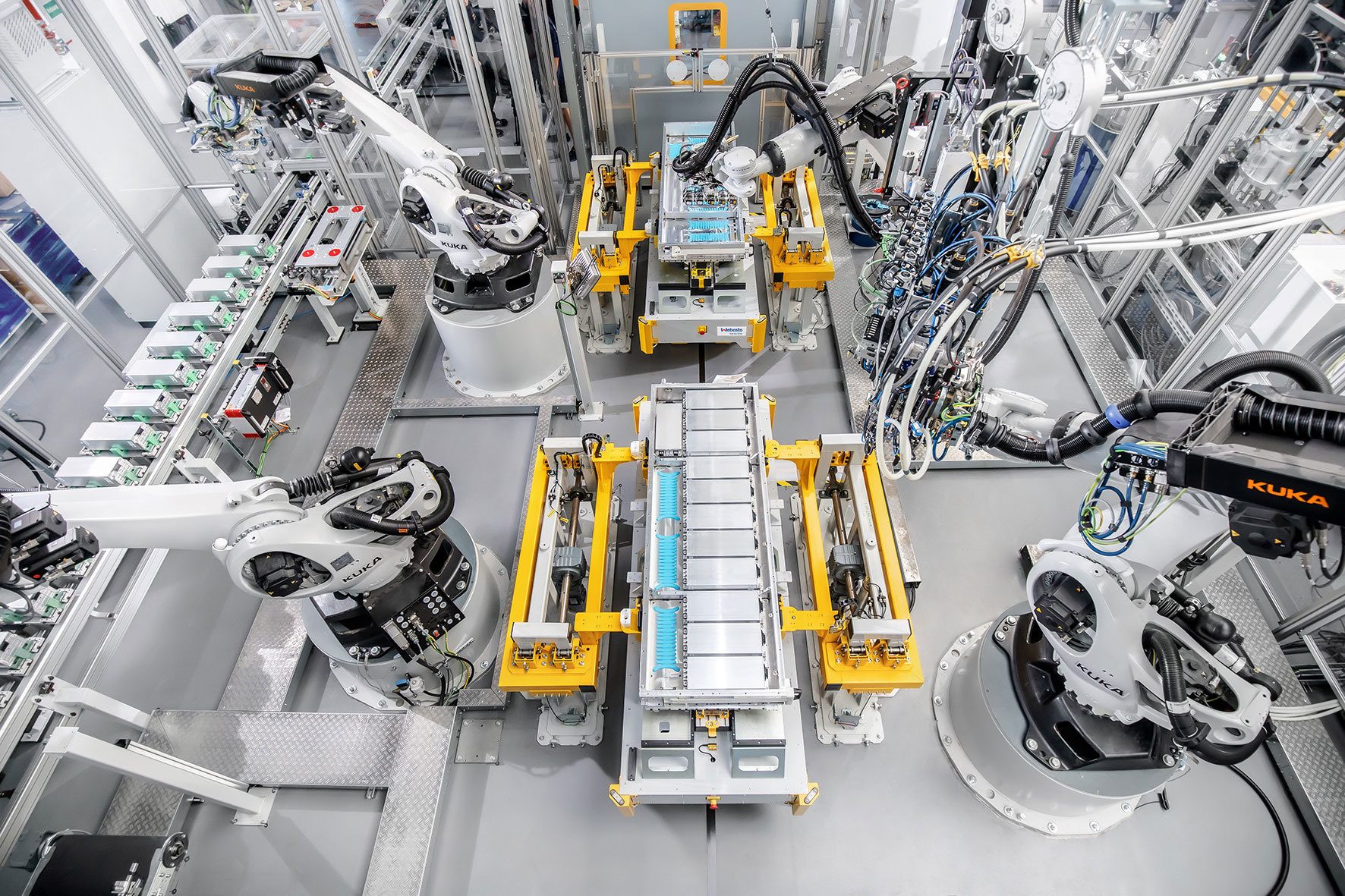Driven by the resurgence in robot orders from automotive companies, the North American robotics market set all-time records in both robots sold and value in 2022. According to a report from the Association for Advancing Automation (A3), North American companies ordered 44,196 robots valued at $2.38 billion last year, representing increases of 11 percent and 18 percent, respectively, over 2021.
More than 50 percent of sales came from the automotive industry, which ordered 23,807 robots, up from 16,752 in 2021. While orders from non-automotive industries slowed from the previous three years, unique applications continued to emerge in such industries as food services, construction and agriculture. Robots are being used to cook and serve food, install drywall, and even harvest and pick fruit and vegetables.
“Although labor shortage and supply chain issues impact nearly all industries in North America, automakers’ public commitment to move to electric vehicles has set in motion a resurgence of robot orders in this market,” says Jeff Burnstein, president of A3. “Automotive OEMs and components suppliers alike recognize that investing in robots is instrumental to the emergence of EVs.”
In the first nine months of 2022, North American companies purchased 35,804 robots, up 24 percent over the same period in 2021. While fourth-quarter orders slowed, with companies ordering only 8,392 robots, total numbers for the year from all industries resulted in the 11 percent record over 2021.
Assemblers Continue to Invest in Robotics
Photo courtesy baona, iStock / Getty Images Plus

North American companies spent some $2.38 billion on robots in 2022, a record high and an 18 percent increase over 2021. Photo courtesy Kuka AG
“While the numbers of robots sold to non-automotive companies isn’t as staggering as it’s been over the last couple of years, it’s clear that companies in every industry see automation as necessary for success,” says Burnstein.
The latest data show that North American companies ordered fewer robots in the first quarter of 2023 than for the same period last year. Specifically, companies ordered 9,168 units valued at $597 million in the first three months of this year, a 21 percent drop in total units and a 10 percent drop in value over the same quarter in 2022, which was the third-best quarter on record for North America.
“While inflation and a slowing U.S. economy may have taken a slight toll on robot orders overall, automotive companies continue to accelerate their purchases as they make the transition to manufacturing electric vehicles,” says Burnstein. “Non-automotive companies are typically newer to automation and may be waiting to invest more until they’ve tested recent deployments or see the economy begin to recover.”
Despite the state of the U.S. economy, labor shortages in the manufacturing industry remain the key driver in the growth of automation. As a result, more manufacturers continue to turn to automation, especially to handle the “dull, dirty and dangerous” tasks unattractive to human workers.
“In addition to labor shortages, we’re seeing many U.S. manufacturers bring more tasks back to North America as international labor costs continue to climb,” says Alex Shikany, vice president of membership and business intelligence at A3. “Many find that the best way to bring manufacturing back quickly is to automate.”
This ebook is intended to help you pick the right robot for your application.
The final volume will cover multistation, fully automatic assembly systems. If you missed Volume 1, which covered manual assembly, or Volume 2, which covered semiautomatic assembly, we hope you’ll go back and check them out.


